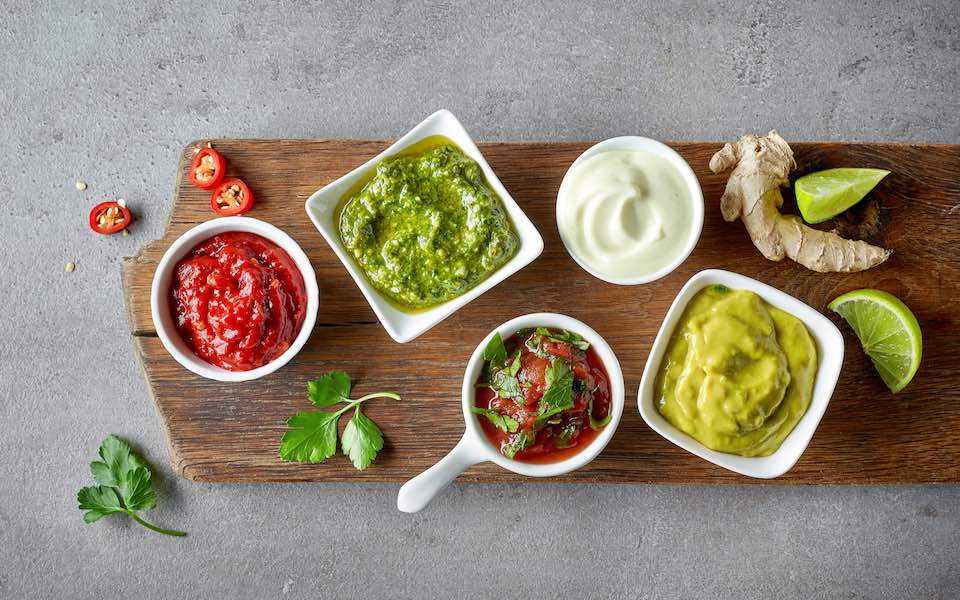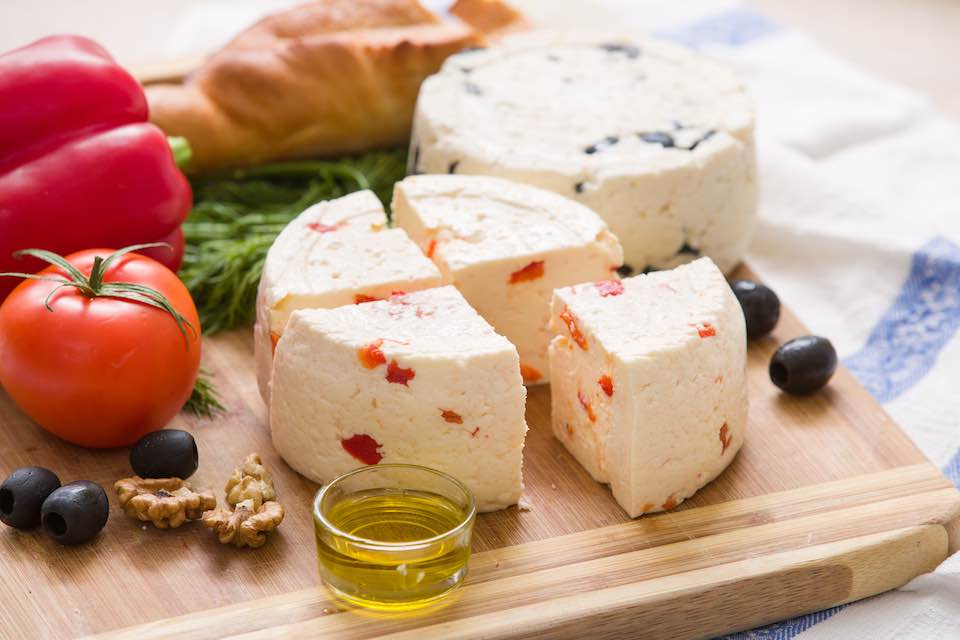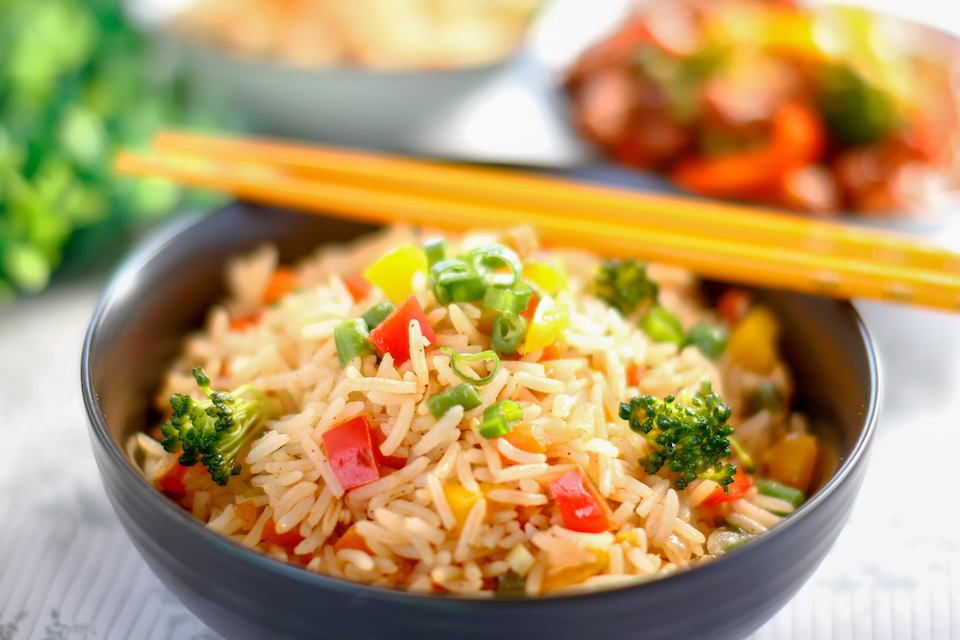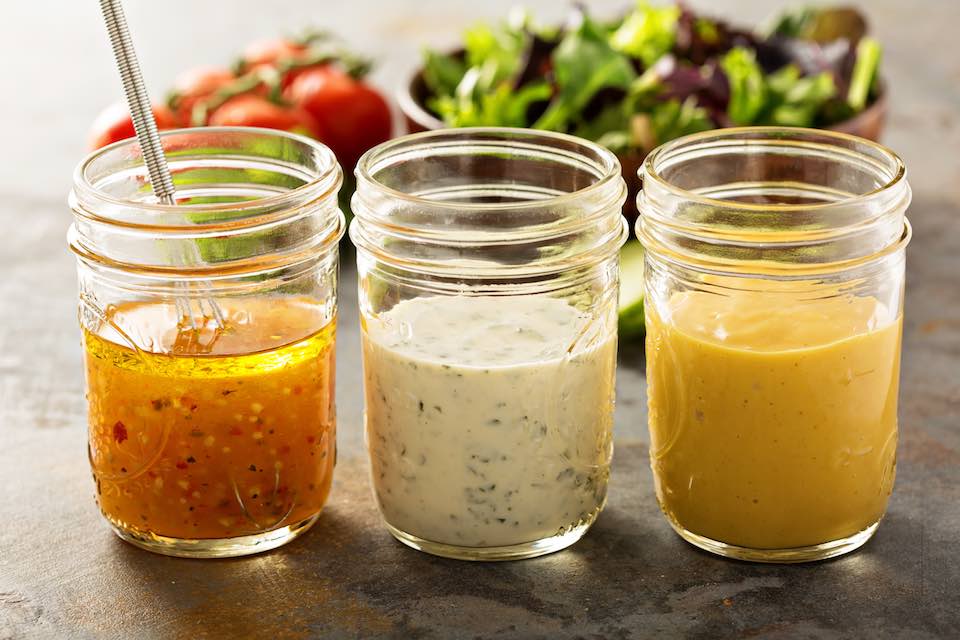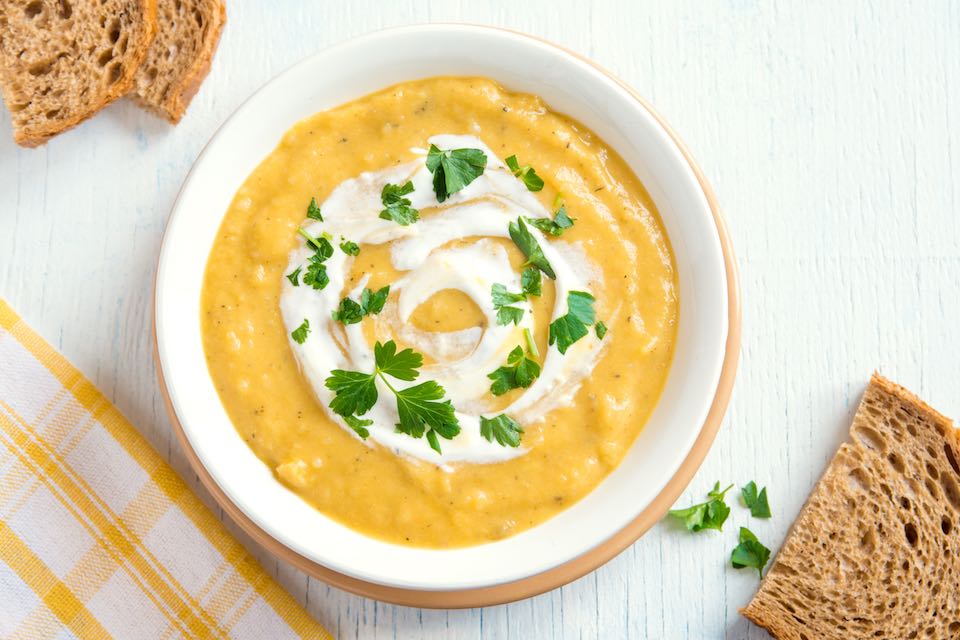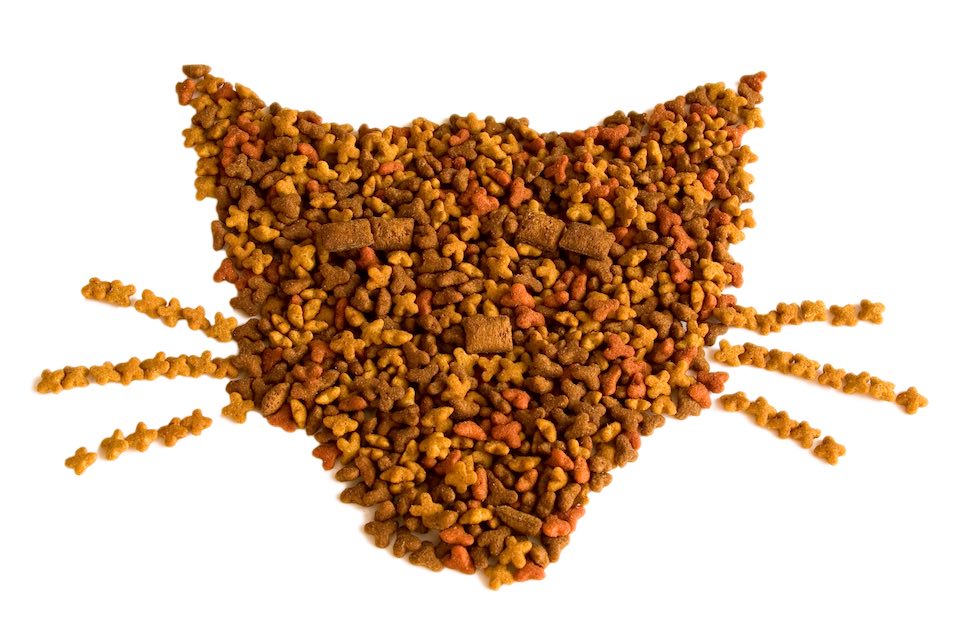This website uses cookies so that we can provide you with the best user experience possible. Cookie information is stored in your browser and performs functions such as recognising you when you return to our website and helping our team to understand which sections of the website you find most interesting and useful.
Dried vegetables are exceptionally rich in nutrients. After dehydration, the dry bulk is becoming concentrated, and by the same, the energy value, carbohydrates, fibre, mineral salts and even some vitamins are cumulated. Mild thermal processing in higher temperature over time, appropriate for a given product, allows to keep the natural flavour of dried vegetables. Sometimes it is even enhanced because of intense natural taste and aroma.
Dried vegetables are commonly used as raw material for processing in the food industry. Food trends are becoming more often focused on natural, not over-processed products, rich in nutrients and easy to prepare. Our vegetables, herbs and fruits can be used in innovative products such as: “ready to eat”, “ready to use” and many other dedicated to specific groups of consumers (for example vegetarians). Our vegetables can be found in recipes composed by world-famous food producers, who aim to keep up with modern trends and consumers’ expectations. Those end products would not be made without natural low-processed components.
The variety of the offer, both in the scope of products and forms of dried vegetables, provides unlimited opportunities of using them as raw materials in many sectors of the food industry, especially in concepts focused on complementary products, both traditional and innovative, good for all groups of consumers.
Dehydrated vegetables are used in many industrial concepts of products, in particular:
• as ready meal products (powdered foods, groats/rice with vegetables, soup, soup basis – both liquid and dry)
• as ready breakfast products (muesli), and in snacks (bars, cookies)
• as flavour profile for meat products (pâté, stuffing, smoked meat and other meat products)
• as flavour basis for fish products (salads, spreads and other preserves and fish products with vegetable additions)
• as addition to dairy products (cheese, cream cheese, cheese spreads)
• in bakery industry (flavoured bread, cookies, snacks)
• as seasoning and spice mix, dressing and a variety of sauces
• as natural “coloured food”, where dried vegetables fulfil the function of colourants
• as low-processed healthy foods
• as diet supplements
• as wet and dry feed for pets
• as forage additions for livestock
